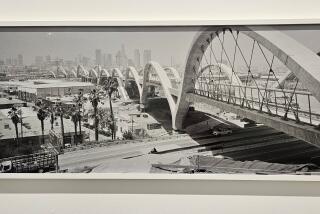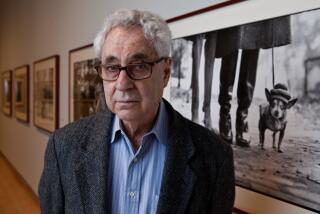Joe O’Donnell, 85; longtime White House photographer
- Share via
Joe O’Donnell, who shot some of the first photographs after the United States dropped a nuclear bomb on Japan and who was a White House photographer spanning the terms of five presidents, died Aug. 9 in Nashville of complications from a stroke, family members said. He was 85.
The Johnstown, Pa., native began his photography career as a young Marine at the outbreak of World War II, where he recorded the Pacific Campaign.
In September 1945, O’Donnell was one of the first outsiders to visit the Japanese city of Hiroshima after its destruction by the atomic bomb. He put many of the photographs he had taken in a trunk because he thought they were too painful to look at and did not revisit them for nearly 45 years.
In the 1990s those photographs were displayed for the first time in Europe and Japan, and in 2005 they were put into a book published by Vanderbilt University Press, “Japan 1945: A U.S. Marine’s Photographs from Ground Zero.”
After the war, O’Donnell began working as a freelance photographer in Washington, where he was recruited by the United States Information Agency to photograph presidents.
He worked as a White House photographer during the administrations of Harry Truman, Dwight D. Eisenhower, John F. Kennedy, Lyndon Johnson and Richard Nixon. O’Donnell’s memorable photographs included Truman and Gen. Douglas MacArthur shaking hands at their meeting on Wake Island during the Korean War. O’Donnell was also one of several photographers to capture a picture of the late John F. Kennedy Jr. saluting his father’s casket.
Because O’Donnell’s photographs were taken for the government, they are considered public domain and he rarely received personal credit for his work even though they continue to be distributed throughout the world.
O’Donnell moved to Nashville after he retired in 1968 with a medical disability that was discovered to have been caused by being exposed to radiation while photographing Japan after its surrender.
Survivors include his wife, Kimiko Sakai, three sons and a daughter.
More to Read
Sign up for Essential California
The most important California stories and recommendations in your inbox every morning.
You may occasionally receive promotional content from the Los Angeles Times.













